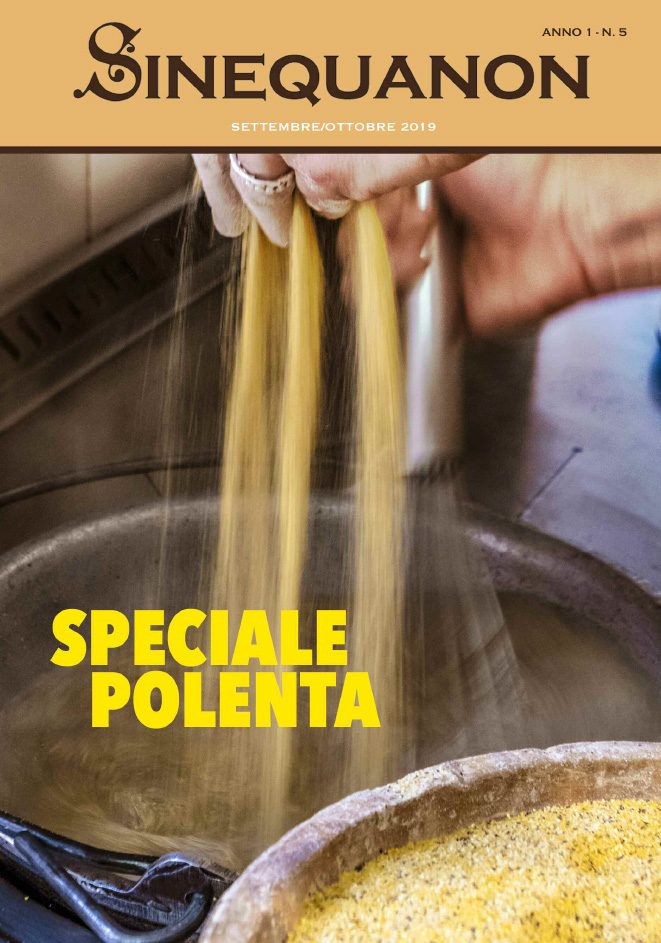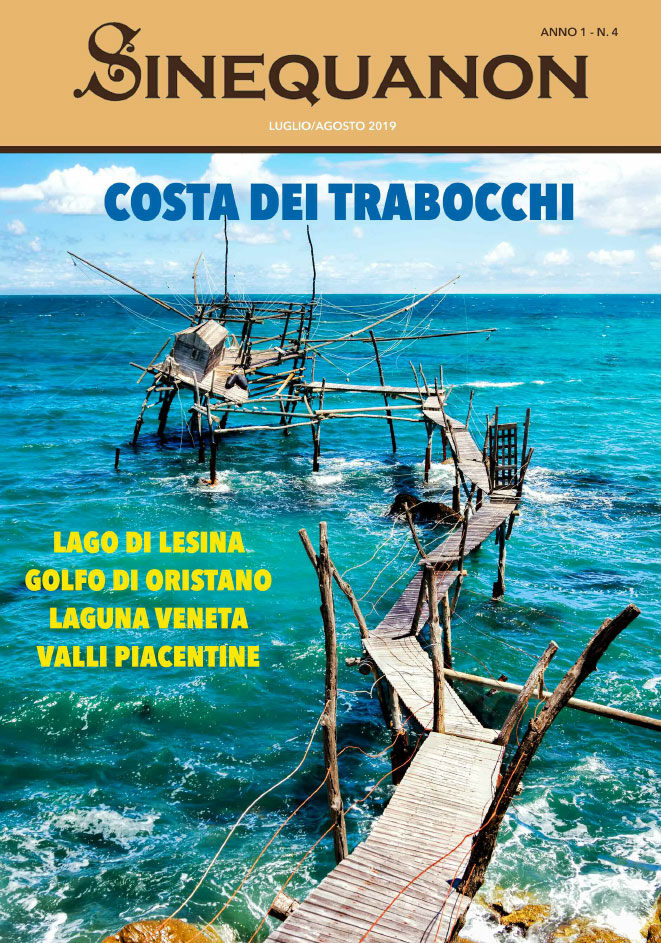MAURO DE RITA
Once again this year spring will come to Sanremo which, with its annual parade of flower-covered floats, will once again launch its spectacular image as the ?City of the Flowers. A spectacular tradition which, from 1957 when a special committee was set up for the event, has involved other Ligurian provinces right up to Alassio. The twenty-five thousand flowers used for each of the floats (costing around 10 to 15 thousand euro) and arranged by expert hands, represent established themes illustrated by giant papier-maché figures. The organisation of the ?Corso Fiorito? event which in the past was the responsibility of the municipality and the local AAST tourist board has now reverted back into the hands of the municipality which calls on flower growers, arrangers and Natale Neri, a designer who has used all his inventiveness to design the Sanremo floats. But Sanremo?s flowers, which are famous and exported the world over, are also an historic homage to the world?s most prestigious cultural event: the Nobel Prize. Every year the AAST is proud to send to Stockholm the flowers which decorate the Concert Hall where the prize-giving ceremony takes place and the Municipal Hall where they organise the sumptuous banquet which is attended by the king. Over ten thousand carnations, twenty-five kilos of mimosas, one thousand two hundred gerberas, three hundred gladioli and around fifty kilos of other flowers for an overall cost of around ten thousand euro.
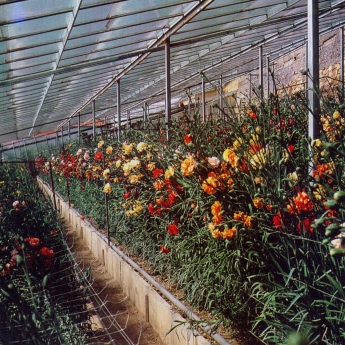
But then, the memory of the Swedish scientist Alfred Nobel is very much alive in Sanremo where he lived for years in a splendid villa to the east of the city surrounded by many kinds of plants and flowers and which he affectionately referred to as ?My Nest.? Today it is called the Villa Nobel and houses the Nobel Library, a permanent exhibition of relics made available by the Nobel Foundation in Stockholm and a museum of Italian Nobel Prize-winners. Another historical villa which embellishes the Sanremo coastline is the neo-classical Villa Ormond which was the home, towards the end of the nineteenth century, of the Swiss Ormond family, which owned a cigar factory. Up to a dozen or so years ago this majestic villa with its vast park along the Via Aurelia, housed the old palace of justice. Today the large pavilion of the Villa Ormond, used for exhibitions and events, has become a sports arena surrounded by fountains and soaring palms. This row of wonderful palms was given to the city by the Tsarina Maria Fiodorovna who stayed in Sanremo at the end of the nineteenth century, and fell under its spell; today the row of palms flank the so-called Empress?s Walk.

The presence of Maria Fiodorovna and of Alexander II in the city attracted many Russian aristocratic families to the Riviera and they took up abode in the many villas and castles along the Corso degli Inglesi. A Russian Committee was also set up and, among other things, organised the building of the Orthodox church, a splendid Byzantine-style monument which bears a resemblance to the Cathedral of Saint Basil in Moscow. Exotically flanked by numerous plants, the church soars gently with its bulbous domes and spires, entirely covered with gold and polychrome enamel tesserae.
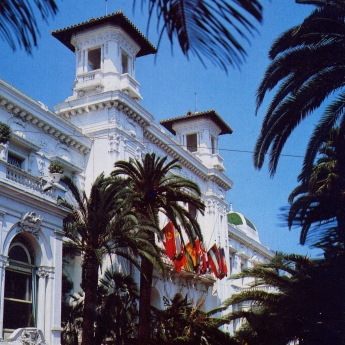
THE CASINO
Close by we come to the Art Nouveau architectonic lines of the majestic Casino, designed by the Parisian architect Eugenio Ferret, who was also its first manager. Inaugurated in 1905, the Casino di Sanremo, which attracted crowned heads, celebrities and great artists, has many gaming rooms including the Giò Ponti which was designed by the great architect and the modern Blue Room. The Gold Room, also known as the Privatissimo is reserved for very special guests. But the Casino is also the Opera House and many leading opera, stage and variety companies have performed here while the Roof Garden is a popular venue for candle-lit dinners and performances. The Casino is also used for the Literary Mondays and the Nobel Tuesdays. But it was really put on the map in 1951 with the Sanremo Song Festival which is known around the world for its close ties to the city of Sanremo. During the Festival week the city becomes a bustling hub for the stars and fans, curious spectators and those wealthy habitués with whom the Riviera has always been popular at this time of year.

A charming Riviera with its maritime and floral perfumes, golf courses and riding itineraries, aristocratic villas and sumptuous hotels clinging to the hillside and overlooking the sea, including the Royal Hotel which was inaugurated in 1871 and which has hosted many historical figures from King Gustav V of Sweden to King Umberto Il di Savoia and Vittorio Emanuele Orlando, but also Eleonora Duse and Clark Gable, just to mention a few. Sanremo is, of course, also the sea with its palm-fringed beaches and little ports including the most recent, the Porto Sole which attracts many yachts and is popular with jet-setters. But it is also a city of flower-filled terraces, removed from its old heart, the Pigna, with its typical carruggi and buttresses – a charming labyrinth of Medieval walls, with crumbling arches, street lamps and stairways.
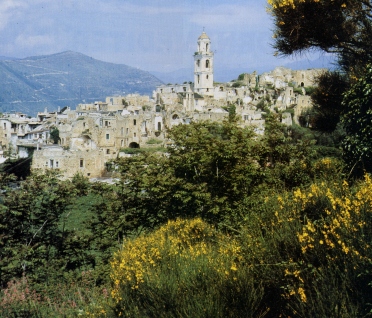
Sanremo is charming also for its surrounding areas. From Verezzo, with its San Donato sanctuary, to Baiardo which has the atmosphere of an ancient and bucolic Liguria and the hillsides of Mount Bignone with their pre-Romanesque ruins and old trails which once led to the ?salt road.? Then there is Bussana Vecchia to the east of Sanremo, a charming and appealing fortress town which, alas, was destroyed by the 1887 earthquake. It warrants a thorough visit as the alleyways, little streets and stairways of old Bussana are still intact although there is not one house which does not bear witness to the disaster, with the exception of the old belfry which was miraculously undamaged. The idea it gives is that of an abandoned town, immersed in silence and frozen in time. But in fact Bussana Vecchia is home to a colony of artists. Numerous painters, sculptors and craftsmen work in the old cellars, attics and hallways which have been perfectly restored, and the exhibit their works which are for sale to the long lines of visitors attracted by art and by this crystallized yet living world.
APT RIVIERA DEI FIORI Largo Nuvoloni 1, San Remo
Tel: 018459059
Fax:0184507649


